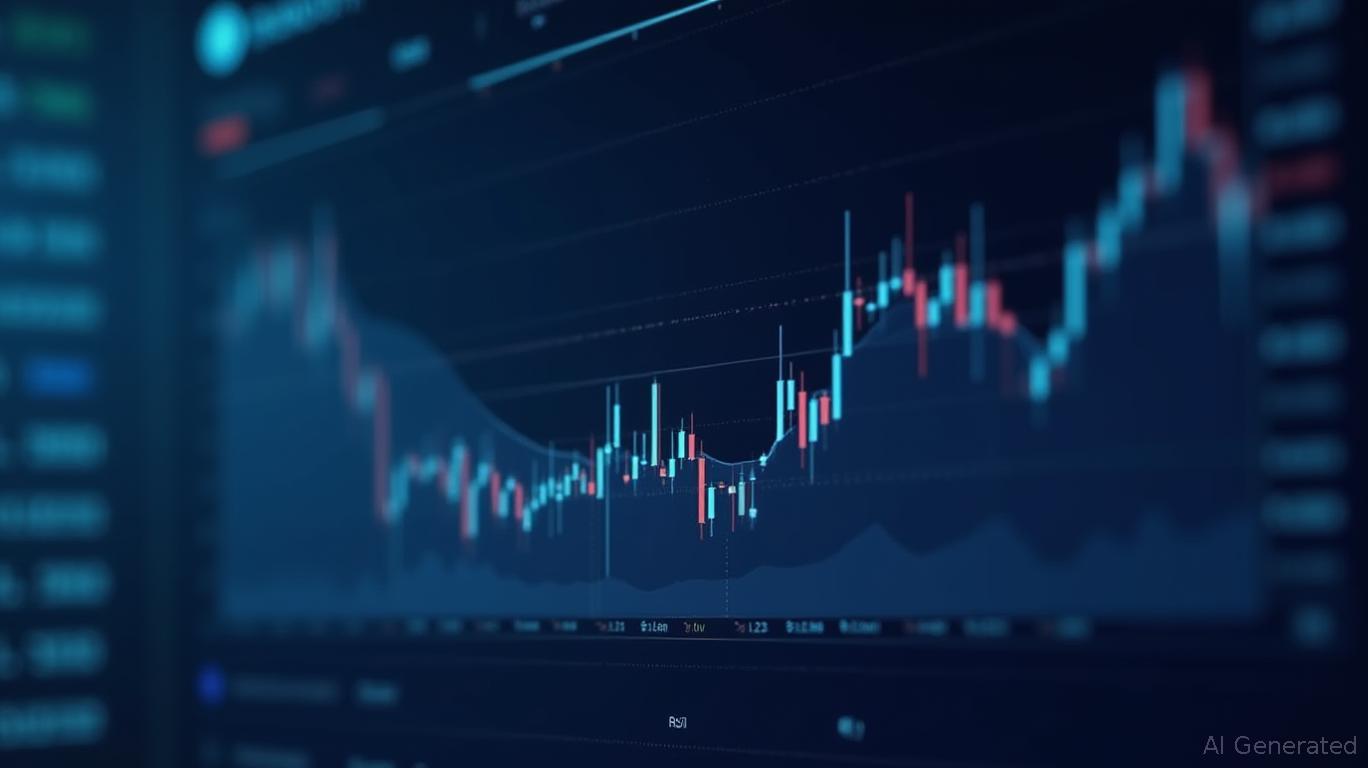Goldman Sachs Identifies AI Buy-the-Dip Opportunity Amid Tech Earnings Volatility
The recent earnings season for Big Tech has been a rollercoaster, with AI stocks like NVIDIA and Microsoft facing short-term dips amid macroeconomic uncertainty. Yet Goldman Sachs has seized this volatility as a buying opportunity, citing structural tailwinds in AI adoption, upcoming product milestones, and improving fundamentals. Here’s why investors should consider dipping into AI stocks now—and the risks to watch.
The Case for “Buy the Dip”
Goldman’s analysis highlights three key factors driving its bullish stance:
1. Interest Rate Dynamics: Traders anticipate Federal Reserve rate cuts, which could ease corporate spending pressures and boost IT investments. Lower rates also reduce the cost of capital for companies expanding data centers and AI infrastructure.
2. Fundamental Strengths: The bank projects AI companies’ net income to nearly double over the next 12 months, fueled by rising demand for data center capacity and cloud services. NVIDIA, for instance, reported $26 billion in Q1 2025 revenue, a 262% year-over-year surge driven by AI training and inference demand.
3. Market Sentiment Gap: AI stocks are overly discounted relative to their earnings trends, with Goldman noting that “fresh bad news” to justify further declines is unlikely.

Sector-Specific Breakdown
NVIDIA: The AI Engine
NVIDIA’s Q1 results were record-breaking, with 87% of revenue coming from its data center segment ($22.6 billion). The company’s Blackwell platform for trillion-parameter AI models and partnerships with AWS and Microsoft underscore its dominance in hardware. Analysts are watching for NVIDIA’s GPU Technology Conference in September, where new products could reignite investor confidence.
Microsoft & Cloud Growth
Microsoft’s Azure cloud revenue grew 33% YoY, with AI services contributing 16 percentage points to growth. CEO Satya Nadella dismissed concerns of a data center slowdown, calling it a “normal ebb and flow.” Microsoft’s capex remains robust at $85 billion for FY2025, prioritizing AI infrastructure.
Oracle’s Cloud Surge
Oracle’s Q1 2025 cloud revenue hit $5.6 billion, a 21% YoY rise, with its $99 billion Remaining Performance Obligations (RPO) signaling strong future demand. The company’s partnership with AWS to embed its databases into hyperscaler clouds marks a strategic win.
Risks to Consider
- Macro Volatility: Tariffs and Fed policy shifts could delay AI adoption.
- ROI Skepticism: Corporate spending on AI may lag if tangible ROI remains elusive.
- Valuation Ceilings: AI stocks trade at 71.21% institutional ownership, with a consensus “Hold” rating.
Conclusion: A Long-Term Bet with Near-Term Catalysts
Goldman’s thesis hinges on AI’s $200 billion global investment potential by 2025 and its role in boosting productivity by over 1% annually. While near-term risks like trade wars and rate cuts loom, the fundamentals—exemplified by NVIDIA’s 262% revenue growth and Oracle’s $4 billion AI developer contracts—suggest the sector is undervalued.
Investors should focus on companies with direct exposure to data center infrastructure (NVIDIA, Oracle) and cloud-driven AI tools (Microsoft, Alphabet). The Magnificent 7, despite recent dips, remain positioned to capture the AI boom. As Goldman notes, “the pessimism gap” creates a rare entry point for long-term holders.
In a world where AI’s impact is as inevitable as it is misunderstood, now may be the time to buy the dip—and let fundamentals do the talking.










